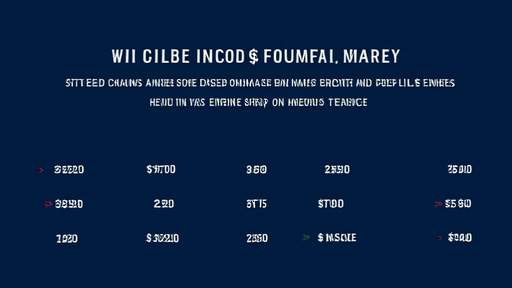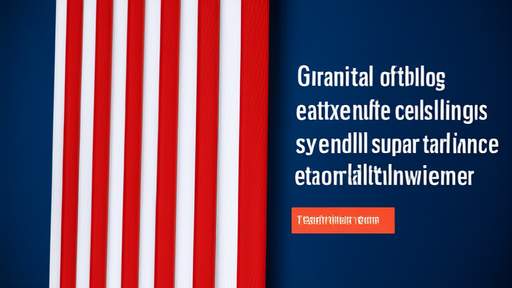The relationship between fear appeals and their effectiveness has long fascinated researchers in psychology and communication studies. At the heart of this exploration lies the dose-response curve, a conceptual framework that helps us understand how different levels of fear influence persuasion and behavioral change. This curve suggests that fear appeals don't operate on a simple linear scale where more fear always equals better results. Rather, their effectiveness follows a more nuanced pattern that resembles an inverted U-shape.
Fear appeals are persuasive messages designed to scare people into adopting recommended behaviors by highlighting the severe consequences of inaction. Public health campaigns often employ this strategy, warning about the dangers of smoking, reckless driving, or unprotected sex. The dose-response curve reveals that mild fear may fail to motivate action because it doesn't create sufficient discomfort, while extreme fear can backfire by triggering defensive reactions like denial or avoidance.
The sweet spot appears to be in the moderate range of fear intensity. When fear is neither too weak nor too strong, audiences are most likely to process the message carefully and take protective action. This optimal zone represents the peak of the inverted U-curve where the fear is substantial enough to command attention and create concern, but not so overwhelming that it paralyzes the audience or makes them reject the message outright.
Psychological mechanisms explain why this curve takes its particular shape. Moderate fear creates just enough anxiety to activate our problem-solving faculties without overwhelming our coping resources. The brain perceives the threat as serious but manageable, especially when the message includes clear, actionable solutions. This balance between threat and efficacy determines whether fear will motivate or demoralize the audience.
Interestingly, individual differences significantly influence where this optimal point lies for different people. Personality traits like anxiety sensitivity, coping styles, and prior experiences with the threat all affect how someone responds to fear appeals. What constitutes moderate fear for one person might be overwhelming for another. This variability makes crafting universally effective fear messages particularly challenging for communicators.
The dose-response relationship also depends heavily on how the message is framed. Fear appeals that pair threats with clear, feasible recommendations for action tend to follow the classic inverted U-curve. However, messages that emphasize danger without providing solutions often produce a different pattern where effectiveness declines as fear increases beyond a certain point. The presence of efficacy information essentially stretches the upward slope of the curve, allowing higher levels of fear to remain effective.
Cultural factors further complicate this relationship. Collectivist cultures may respond differently to fear appeals compared to individualist cultures, with social consequences sometimes carrying more weight than personal health threats. The dose that produces optimal results can vary dramatically across cultural contexts, requiring communicators to carefully calibrate their messages for different audiences.
In practical applications, from anti-smoking campaigns to climate change communication, understanding this dose-response relationship is crucial. Many failed campaigns can be traced to either insufficient fear that fails to motivate or excessive fear that triggers defensive reactions. The most effective communicators carefully balance threat severity with perceptions of vulnerability and coping efficacy, landing their message in that goldilocks zone of moderate fear.
Emerging research continues to refine our understanding of this curve. Neuroscientific studies show how different levels of fear activate distinct neural pathways, while longitudinal studies track how sustained fear appeals may lead to habituation over time. The digital age introduces new variables too, as social media platforms alter how fear spreads and intensifies through sharing and amplification.
Ultimately, the fear appeal dose-response curve serves as a powerful reminder that in persuasion, as in medicine, the dose makes the poison. Skilled communicators must be like pharmacists of fear, carefully measuring out just enough to heal rather than harm. As we face increasingly complex global challenges requiring behavioral change, mastering this delicate balance becomes ever more critical for creating messages that protect rather than paralyze, that warn without overwhelming.

By /Jun 3, 2025

By /Jun 3, 2025

By /Jun 3, 2025

By /Jun 3, 2025

By /Jun 3, 2025

By /Jun 3, 2025

By /Jun 3, 2025

By /Jun 3, 2025

By /Jun 3, 2025

By /Jun 3, 2025

By /Jun 3, 2025

By /Jun 3, 2025

By /Jun 3, 2025

By /Jun 3, 2025

By /Jun 3, 2025

By /Jun 3, 2025

By /Jun 3, 2025

By /Jun 3, 2025

By /Jun 3, 2025

By /Jun 3, 2025